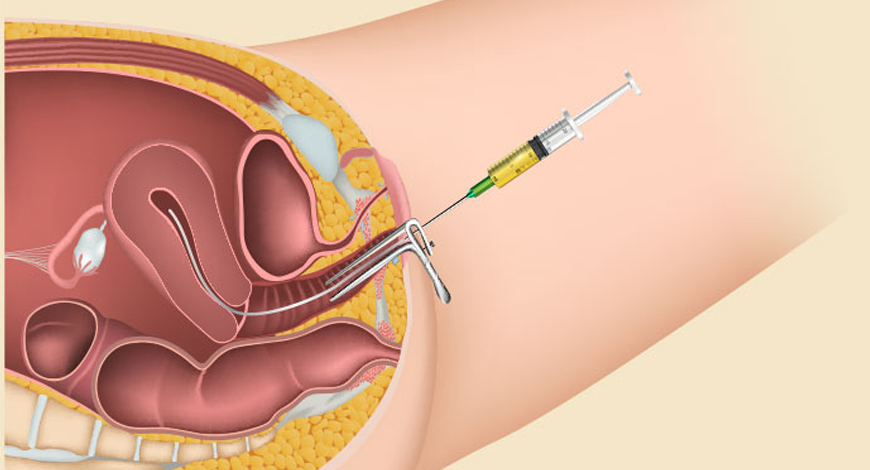1. Vitamin D
- Role: Supports implantation, immune regulation, and endometrial receptivity.
- Recommended Range: >30 ng/mL (optimal 40–60 ng/mL).
- Deficiency Impact: Low levels are linked to implantation failure and miscarriage.
- Sources: Sun exposure, supplements, fortified dairy, salmon, egg yolk.
2. Vitamin B12
- Role: Essential for DNA synthesis, embryo development, and nervous system health.
- Recommended Range: >300 pg/mL (optimal 500–900 pg/mL).
- Deficiency Impact: Low B12 levels can impair egg quality and increase miscarriage risk.
- Sources: Meat, fish, dairy, eggs, and supplements.
3. Folate (Vitamin B9)
- Role: Prevents neural tube defects and supports embryo growth.
- Recommended Range: >5 ng/mL (optimal 10–20 ng/mL).
- Deficiency Impact: Can cause birth defects, implantation failure, and anemia.
- Sources: Leafy greens, beans, citrus, prenatal vitamins. (Folic acid or methylfolate supplements are recommended preconception.)
4. Iron (Ferritin Levels)
- Role: Supports oxygen transport, blood circulation, and embryo development.
- Recommended Range: 30–100 ng/mL (optimal 50–100 ng/mL).
- Deficiency Impact: Low iron can cause poor egg quality, implantation failure, and miscarriage.
- Sources: Red meat, spinach, lentils, iron supplements.
5. Omega-3 Fatty Acids (DHA & EPA Levels)
- Role: Reduces inflammation, improves endometrial receptivity, and supports fetal brain development.
- Deficiency Impact: Can lead to implantation failure, inflammation, and poor embryo development.
- Sources: Fatty fish (salmon, sardines), flaxseeds, walnuts, omega-3 supplements.
6. Zinc
- Role: Supports hormonal balance, cell division, and egg quality.
- Recommended Range: 70–120 µg/dL.
- Deficiency Impact: Can cause hormonal imbalances and poor embryo development.
- Sources: Nuts, seeds, meat, whole grains.
7. Magnesium
- Role: Reduces uterine contractions, improves progesterone levels, and prevents miscarriage.
- Recommended Range: 1.8–2.5 mg/dL.
- Deficiency Impact: Can cause poor implantation and increased miscarriage risk.
- Sources: Nuts, seeds, leafy greens, whole grains.
Key Takeaways
✅ Check Vitamin D, B12, Folate, Iron, Omega-3, Zinc, and Magnesium before embryo transfer.
✅ Correct any deficiencies early with diet and supplements.
✅ Prenatal vitamins are recommended for all patients undergoing embryo transfer.
Disclaimer
The information provided in this blog is for educational and informational purposes only and is not intended as medical advice. While every effort has been made to ensure accuracy, the content is based on general research, nutritional principles, and personal insights.
Individual health conditions, fertility treatments, and dietary needs vary from person to person. Always consult with your fertility specialist, doctor, or a registered dietitian before making any changes to your diet, supplements, or treatment plan, especially during fertility treatments like IVF, IUI, or embryo transfer.
This blog does not claim to diagnose, treat, cure, or prevent any medical conditions. The author and publisher are not responsible for any adverse effects resulting from the use of the information provided.
If you have any specific medical concerns, please seek professional medical advice from a qualified healthcare provider.

Comments
Post a Comment